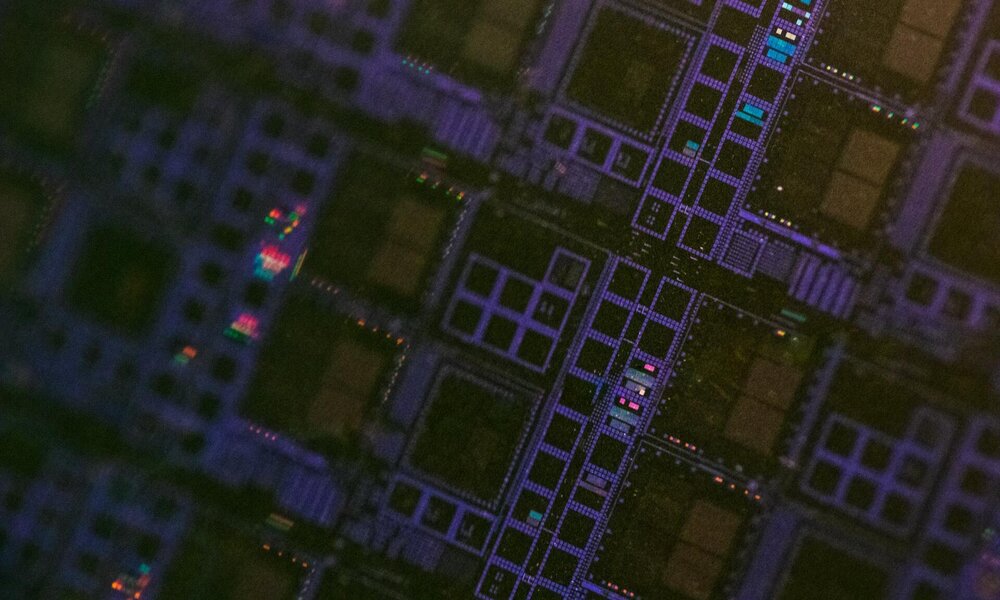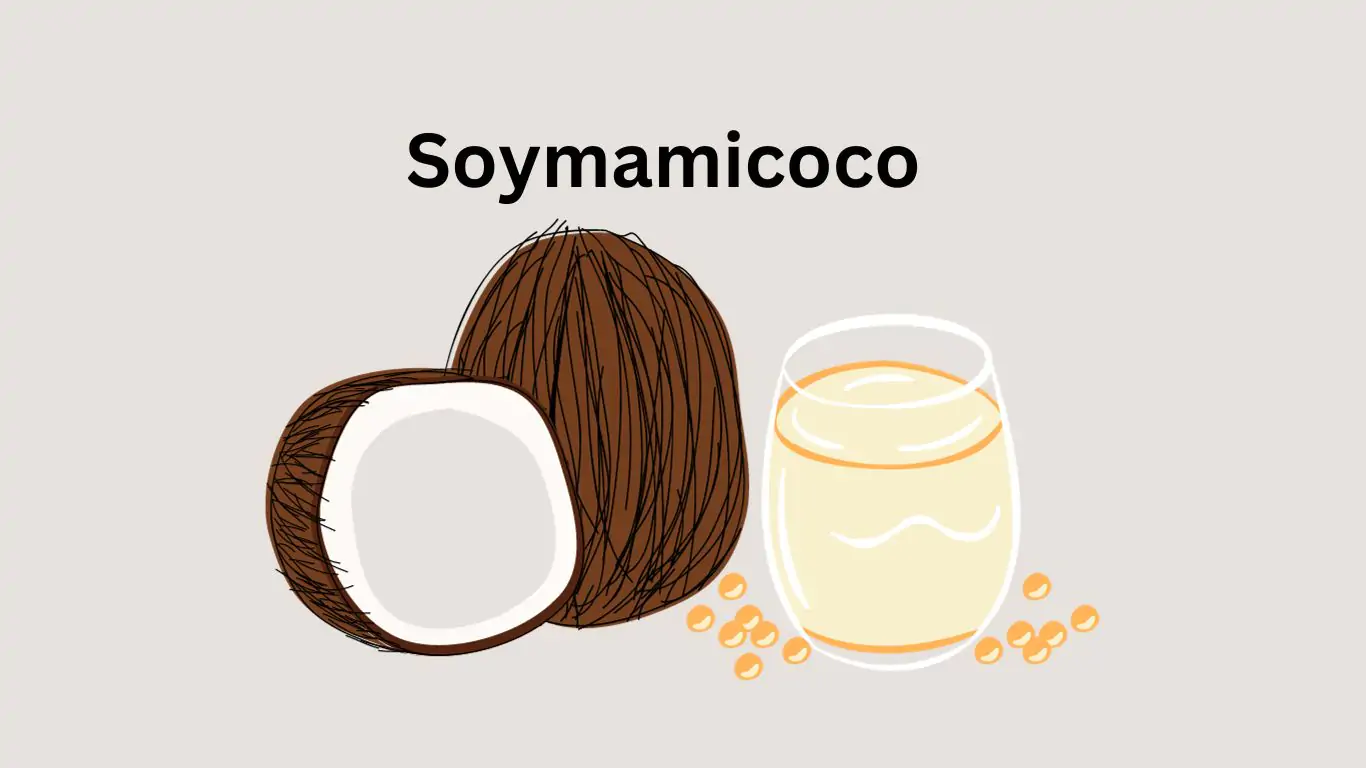
Almost a month after having to stop the production of two factories for one contamination in the NAND memory production linethe two factories of Western Digital and Kioxia affected have finally resumed production of chips in its facilities as normal. The incident, which resulted in the loss of 7 exabytes of 34D NAND memory due to contamination, led to production shutdown and inspection of facilities and procedures at the Yokkaicihi and Kitakami plants.
Following the loss of memory chips and the closures of the two factories, which have undoubtedly impacted the operations and results of Western Digital and Kioxia, the former has already revised its revenue and profit estimates for the third quarter of its year fiscal 2022. According to Tom’s Hardware, the company’s forecast for this has been lowered in terms of revenue for the quarter from $4.65 billion to $4.45 billion. Therefore, the incident has had an impact of 250 million dollars on their income: approximately 6%.
Of course, these data do not include the costs of recovering the NAND memory chips affected by contamination, a procedure that is estimated to cost between 250 and 270 million dollars. Given that both Western Digital and Kioxia have already invested in the materials needed to manufacture the affected memory, and in the processes necessary to manufacture it, recovering as much of the affected chips as possible seems like a logical step, even if it means assuming additional financial costs. to make them usable.
The 7 exabytes of currently unused 3D NAND memory represent 3.38% of total 2021 NAND memory production. This without taking into account the time that the factories have been stopped, which has made it impossible to produce another percentage of NAND memory than planned for this year. As a consequence, it has led to a price increase of Western Digital’s Flash products between 5% and 10%. The reason? Well, plain and simple, that there will be less NAND ready to integrate into devices than was planned, both because of the unused chips and those that have been stopped producing during the stoppage.
For now, only the impact on supplies and prices caused by the unusability of the 7 exabytes of NAND has been taken into account, yes. It remains to be seen how the stoppage of factories, a period in which they have not produced chips, will affect both aspects. Because it’s not just about that time. The production of NAND chips, although it is simpler than that of other complex semiconductors, has production times from its inception until a NAND chip leaves the factory of between two and three months. That is why the total costs of the incident cannot be known exactly yet, and it will be necessary to wait several weeks until they are known.



